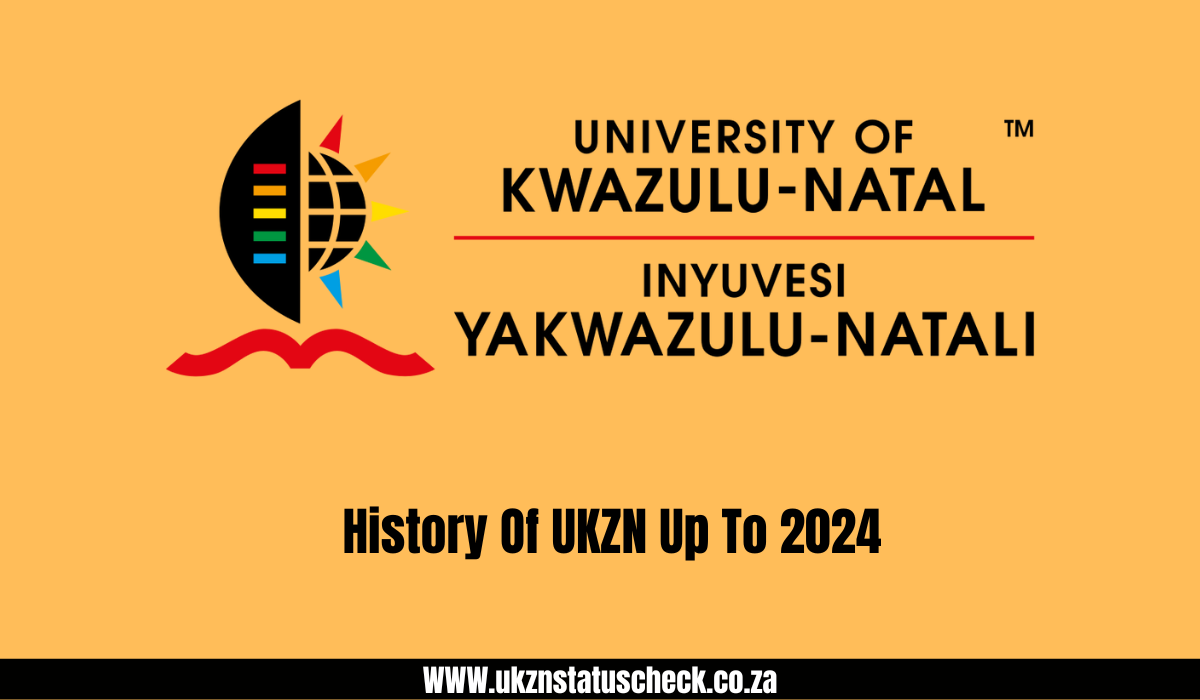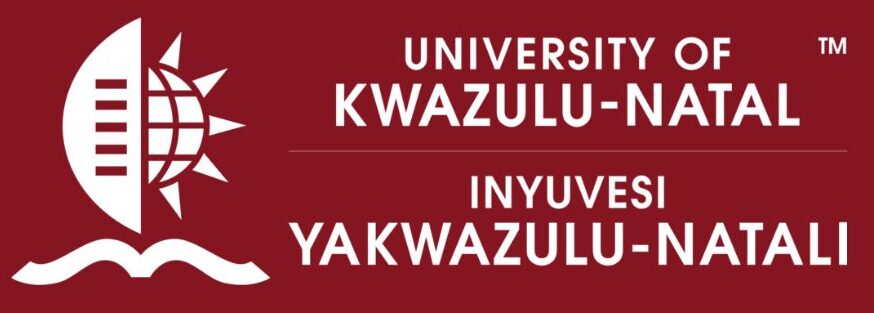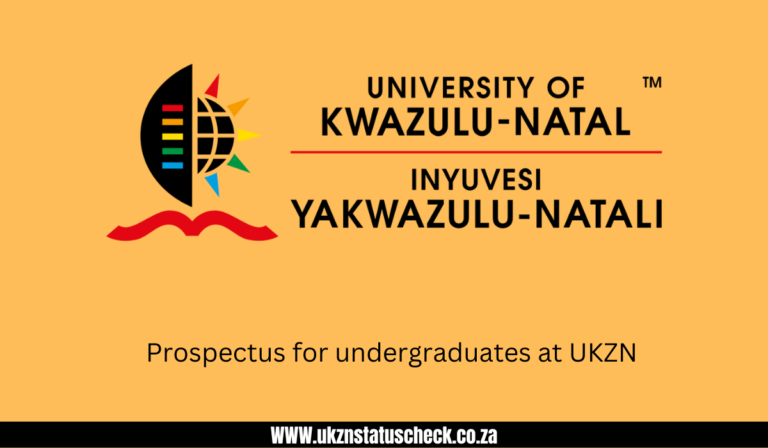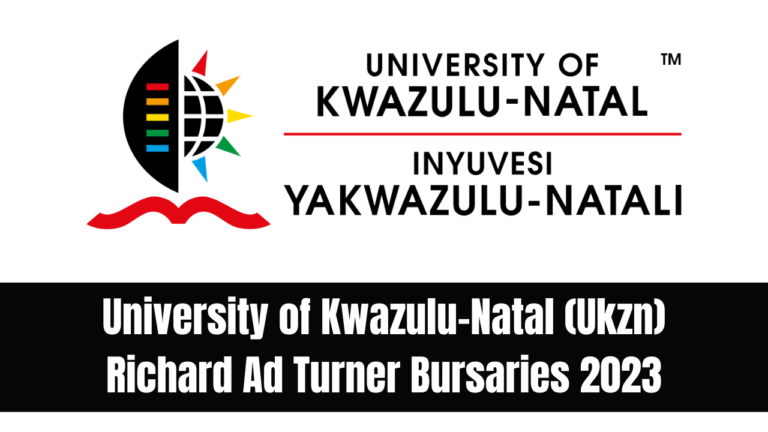History Of UKZN Up To 2024

History Of UKZN Up To 2024.The University of KwaZulu-Natal (UKZN) emerged on 1 January 2004 through the amalgamation of the University of Durban-Westville and the University of Natal. This consolidation aimed to unite the significant legacies of both institutions.
Read Also: UKZN Status Check Online 2024
History of University of Durban-Westville
Established in the 1960s as the University College for Indians, situated on Salisbury Island in Durban Bay, it initially faced low student numbers due to opposition to apartheid. However, in the 1980s, a shift towards education under protest led to exponential growth. In 1971, it attained university status and moved to the modern Westville campus, becoming a focal point for anti-apartheid activism. In 1984, it gained autonomy and opened its doors to students of all races.
History of University of Natal
Founded in 1910 as the Natal University College in Pietermaritzburg, it gained independent university status in 1949. Already a multi-campus institution by then, it expanded to Durban post-World War I. Notably, the Howard College building, donated in memory of Howard Davis, opened in 1931. Additionally, the government sanctioned a Faculty of Agriculture in Pietermaritzburg in 1946 and a Medical School for African, Indian, and Coloured students in Durban in 1947.
Merger and Higher Educational Restructuring
UKZN formation was part of the government’s higher education restructuring plans, aiming to reduce South Africa higher educational institutions from 36 to 21. Cabinet approval in December 2002 finalized the merger, marking the end of a consultative process initiated in the early 1990s on higher education sector restructuring.
FAQS: History Of UKZN Up To 2024
Q1: What was the motivation behind the merger of the University of Durban-Westville and the University of Natal?
Ans: The merger aimed to consolidate resources, expertise, and legacies of the two institutions to create a stronger, more comprehensive university. It was part of South Africa’s higher educational restructuring plans to streamline and enhance the effectiveness of the higher education sector.
Q2: How did the University of Durban-Westville and the University of Natal contribute to South Africa’s history and academic landscape before their merger?
Ans: Both institutions played significant roles in challenging apartheid policies through academic and social activism. The University of Durban-Westville, for instance, was a center for anti-apartheid protests, while the University of Natal boasted achievements in research and education across various fields.
Q3: What impact did the formation of the University of KwaZulu-Natal have on the higher education landscape of South Africa?
Ans: The creation of UKZN marked a milestone in South Africa’s higher education history, reflecting a broader trend of institutional consolidation and transformation. It signaled a shift towards more integrated and efficient higher education systems, aligning with the government’s efforts to optimize resources and improve access to quality education.
Conclusion
The merger of the University of Durban-Westville and the University of Natal in 2004 birthed the University of KwaZulu-Natal, blending their distinct histories into a unified educational entity. This consolidation aligned with South Africa’s broader higher educational restructuring efforts, reflecting a transformative period in the nation’s academic landscape.





